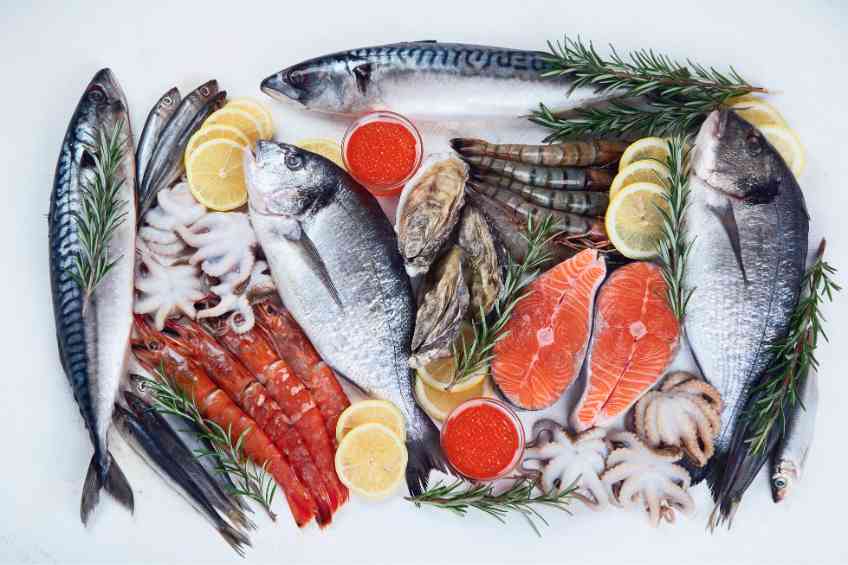By John Salak –
Most fish and shellfish lovers do not have to fret much about the toxic mercury lurking in their diets. Chances are these seafood lovers either aren’t eating enough fish to raise alarms, or the seafood they are chowing down on may be relatively low in mercury to do them much harm.
Mercury concerns shouldn’t undermine putting fish and shellfish at the center of a healthy diet. Seafood is usually a boon to young and old thanks to low saturated fat and high-quality protein, essential nutrients and omega-3 fatty acids.
However, here is the “but.” Virtually all fish and shellfish contain at least traces of mercury. Some seafood has higher mercury levels, making it inadvisable for unborn babies or young children. It can strain pregnant women and mothers of young children to what they should be serving up for themselves and their kids.
There are lots of local and national fish consumption guidelines, but Finnish researchers just discovered that when someone eats fish can be as important as what fish they eat. A year-round study from a Finnish boreal lake shows that mercury in seafood concentration is significantly higher in winter and near spring spawning and lowest in autumn after the growing season.
The Finnish research admittedly focused on local waters with pronounced seasonal changes, including warm, open water and cold ice-covered periods. But the team’s work could provide insights into levels of fluctuating mercury in fish worldwide.
“Summer is the growing season of fish followed by weight loss during winter and spring spawning time,” noted research team leader Professor Kimmo Kahilainen of the University of Helsinki.
The significant changes in temperature and other environmental factors during colder months, including less food available, result in lower metabolism in fish and weight loss. This seasonal cycle means that mercury levels in fish in winter and spring can be up to 30-40 percent higher compared to summer and autumn.
The university researchers noted even with the seasonal jump in mercury levels, Finnish fish were still well below the recognized danger levels for mercury consumption. They acknowledge that additional research still needs to be conducted in Finland and worldwide to understand how extreme seasonal cycles impact fish and what this may mean for human consumption.
In the meantime, the team offered up some suggestions locally focused but might be applied to other areas.
“Considering our findings in perch and pikeperch, more frequent boreal mercury monitoring in wild fish during winter should be considered due to their higher concentration. When considering the human nutrition and fisheries management perspectives, the sustainable solution would be to limit the fishing near the spawning time,” lead author Alex Piro suggested.
Regardless of the Finnish work, it is recommended that pregnant women and young children avoid fish higher in mercury, including shark, swordfish, king mackerel and tilefish. They should, however, continue to gravitate toward fish and seafood with lower mercury levels, such as shrimp, canned light tuna, salmon, pollock and catfish. It is also wise to check local advisories on fish consumption before tucking into any caught by friends or family.













